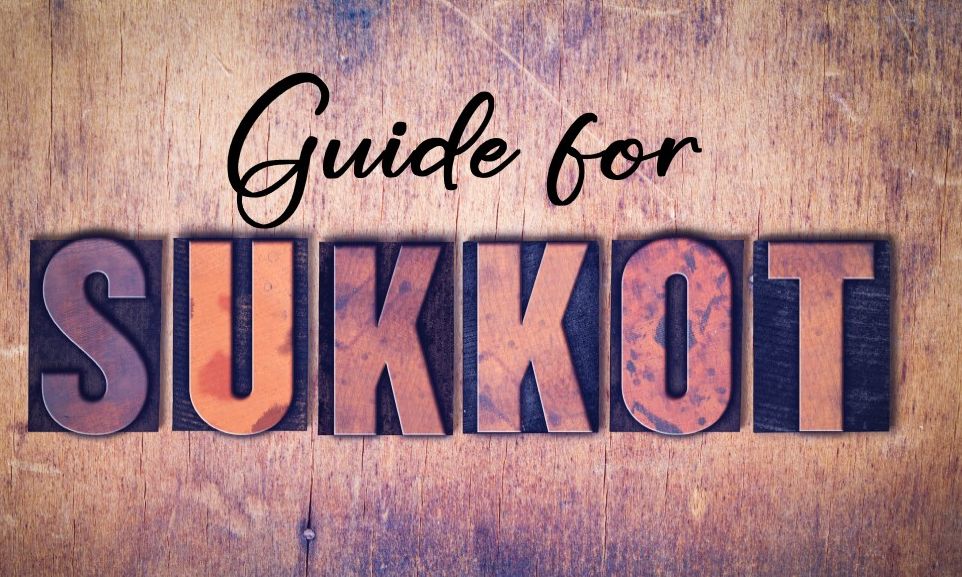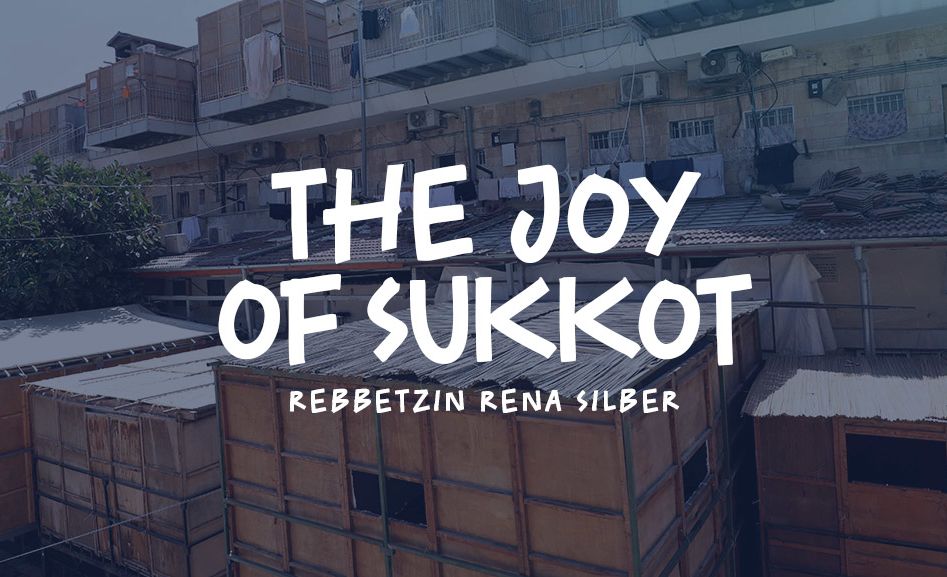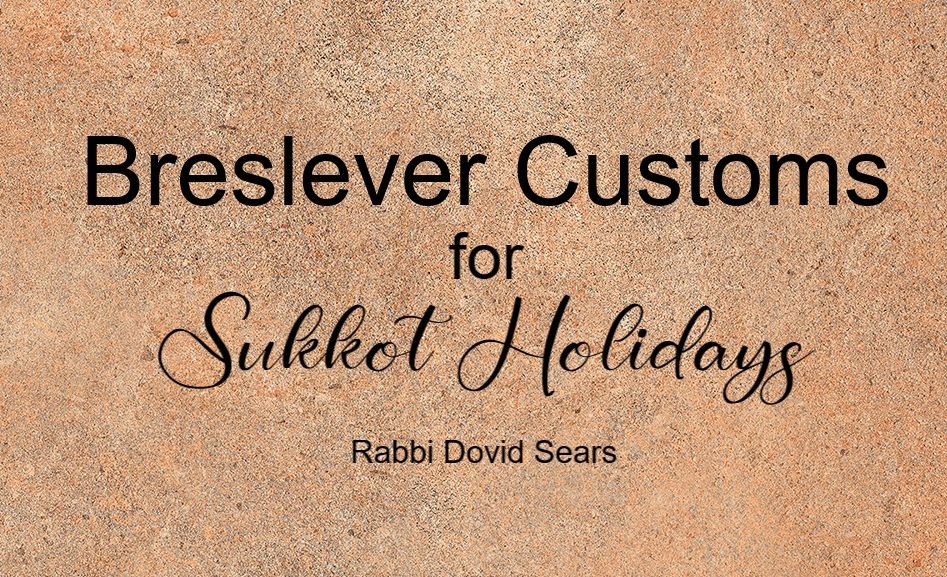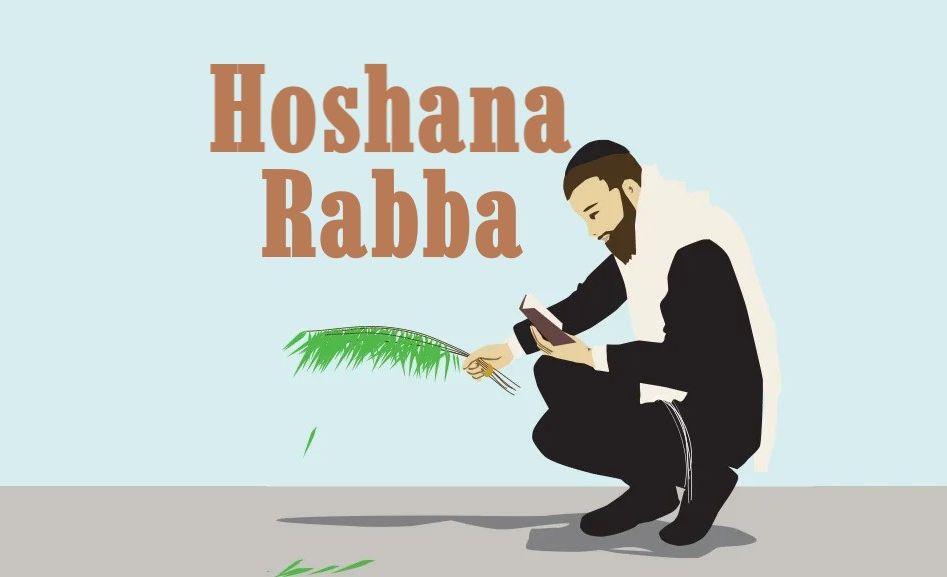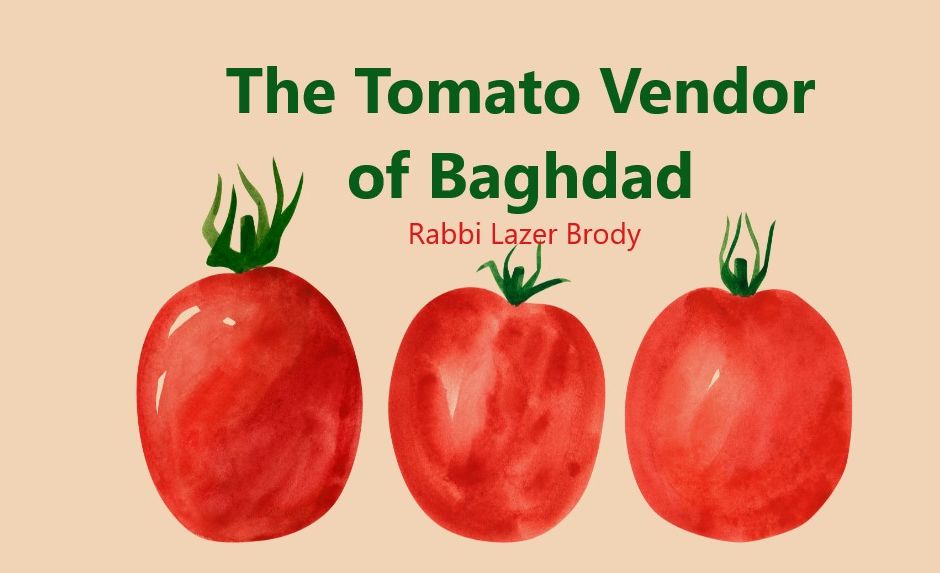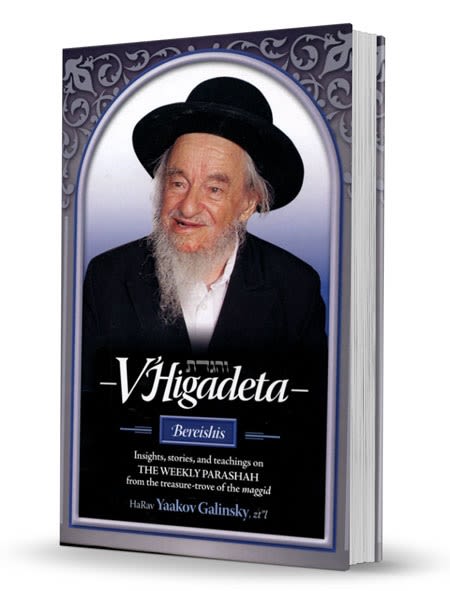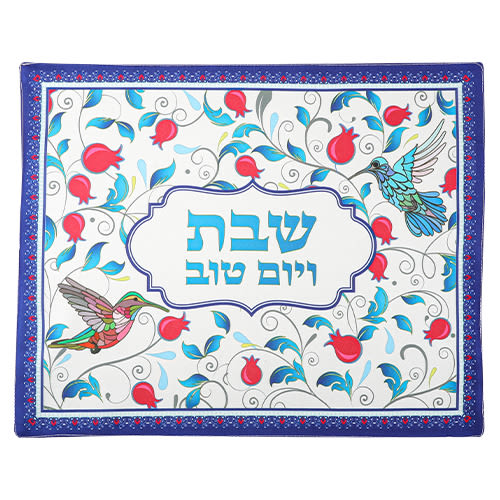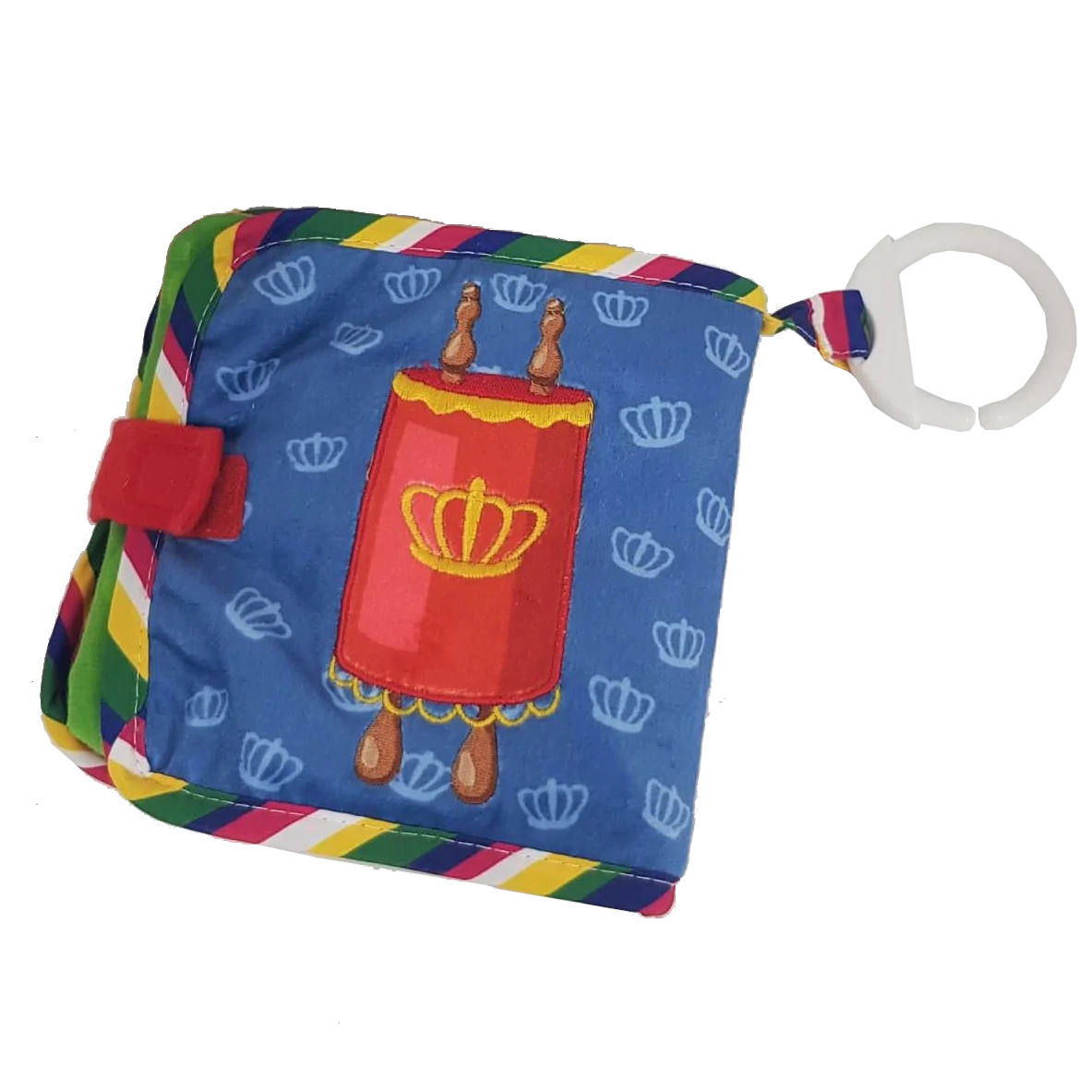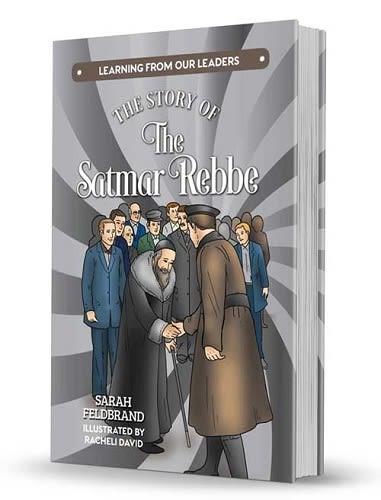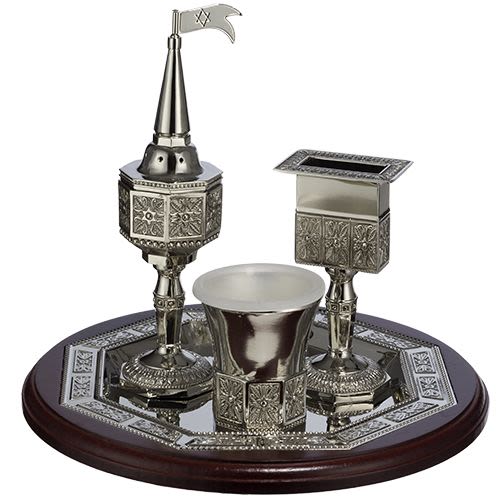“You shall dwell in booths for a seven-day period…So that your generations will know that I caused the Children of Israel to dwell in booths when I took them from the land of Egypt.”
Overview of the Holiday
One of the three pilgrimage festivals that the Jewish people were commanded to celebrate each year is Sukkot – the Festival of Booths, which lasts a week from the 15th to the 21st of Tishrei (and in the Diaspora until the 22nd). The first day is a Yom Tov, and the rest of the 7 days are known as the Intermediate Days of the Festival. (A separate Festival –Shemini Atzeret or Simchat Torah – immediately follows Sukkot on the 8th day, the 22nd of Tishrei in Israel and on the 23rd in the Diaspora).
The source in the Torah is in Vayikra (23:34-35,41): “On the fifteenth day of this seventh month is the Festival of Booths, a seven day period for Hashem. On the first day is a holy convocation; you shall not do any laborious work…You shall celebrate it as a festival for Hashem, a seven-day period in the year, and eternal decree for your generations; in the seventh month shall you celebrate it.”
Dwelling in the sukkah (booth) is an integral part of the Festival. During the week we spend more time in the sukkah than in our house. It is an uplifting spiritual experience to live in the sukkah, and a quality family time as well.
The Sefer Chinuch (the Book of Education, which explains the 613 Mitzvot (Commandments) according to their Biblical source) writes concerning the mitzvah of dwelling in the sukkah: “One of the roots of the mitzvah is explicit in the Torah: In order that we should remember the great miracles that G-d made for our forefathers in the desert during the Exodus from Egypt. He surrounded them with the Clouds of Glory so the sun wouldn’t harm them in the day and the frost at night. Some explain that we commemorate the actual booths that the Children of Israel made in the desert.”
Even though the Exodus was in the month of Nissan, we weren’t commanded to make the sukkot in Nissan, because in the balmy days of Nissan farmers are accustomed to leave their homes and enjoy themselves in the shade of booths outdoors. It wouldn’t be so obvious that we are making the sukkah as a mitzvah of Hashem. During Tishrei, however, when the nights are cold and the rainy season is about to begin, farmers return to their homes. When we do the opposite, leaving our homes and dwelling in a sukkah, we are demonstrating that the purpose of the sukkah is the mitzvah of Hashem.
Sukkot falls in the harvest season, a time of plenty, when the farmer brings his produce into his silo. A man naturally feels haughty when he is wealthy, and thinks: “My strength and the might of my hand have made this wealth.” To counteract our tendency to arrogance the Torah commands us to leave our houses filled with the abundance of wealth in the harvest-time and to dwell in a sukkah. All a man needs for happiness is G-d’s protection symbolized by the sechach (the leafy covering over his head in the sukkah); even in the flimsy, temporary booth he can be full of joy in appreciation of what G-d has given him.
The Midrash says: “Why do we build the sukkah after Yom Kippur? Because on Rosh Hashanah G-d judges the entire world, and on Yom Kippur the judgment is sealed. Perhaps the Jewish people are obligated to go into exile? Therefore they make a sukkah and exile themselves from their homes to the sukkah.”
Living in the Sukkah
The sukkah should be made as beautiful as possible. Our Sages said: “Glorify Him with the mitzvot. Make a beautiful sukkah, beautiful lulav, etc. As it says: ‘This is my G-d and I will glorify Him…’” It’s a mitzvah for a person to attend to building the sukkah himself.
The Torah instructs us to live in the sukkah the way one would live in his home. The sukkah becomes his place of residence for the seven days of Sukkot. He should eat all his meals and entertain guests there. One should sleep in the sukkah even if he only needs to nap.
Building the Sukkah
The walls of the sukkah can be built from any material: wood, plastic, metal or stone; it must be sturdy enough to be immovable in an ordinary wind. For this reason, walls made of fabric are problematic and might render the entire sukkah as unkosher.
The Dimensions of a Sukkah
A sukkah has at least three walls. The walls may not be elevated off the ground more than 3 tephachim (24 cm.) so that a small animal can’t crawl inside. The height must be more than 10 tephachim (80 cm.) but less than 20 ama (9.60 meters). The width of the walls must be at least seven tephachim (56 cm.).
Sechach (Leafy “Roof”)
After setting up the walls, one places the sechach (the leafy covering that provides shade) as the roof, using thin, narrow boards, placed horizontally on top of the walls to support it. Many people use tree branches, palm fronds, or bamboo; specially prepared bamboo mats are available. The principal explained in the Oral Law is that the sechach must be something which has the following characteristics:
- Grew in the earth
- Was completely uprooted or detached from the plant
- Was never made into an instrument or vessel (such a table or barrel)
- Is not foul-smelling nor whose leaves fall off during Sukkot, because these types of sechach may cause him to leave the Sukkah
A sukkah may not be built under tree branches that make shade over the sukkah. The amount of sechach should be enough that the shade provided by the sechach in the sukkah is more than the sunlight that passes through, but not so much that no stars can be seen at night through the sechach, or that rain could not penetrate
The Four Species (“Arba Minim”)
The Torah states (Vayikra 23): “You shall take for yourselves on the first day the fruit of a citron tree, the branches of date palms, twigs of a plaited tree, and brook willows; and you shall rejoice before Hashem your G-d seven days.”
The Sefer Chinuch (the Book of Education) says:
“One of the roots of this mitzvah is that a man is affected by the actions that he does continuously, his ideas and feelings follow his actions. Because G-d wanted to bring merit to His Chosen People, He gave them many mitzvot so they would be affected beneficially by performing them daily.
“The Festival is a time of joy for the Jewish people, since it’s the harvest season, when they bring the fruits of their labor into the home and people are naturally happy. G-d commanded them to make a Festival at that time, so they will have the merit that their joy and happiness can be dedicated to His Name. Joy may cause a person to be drawn after materialism and forget his fear of Heaven, so the Creator commanded His people to take items in their hands to remind them that all their joy should be dedicated to His Name and His honor. He wanted these reminders to be items that bring joy, just like the time of year, and it is well known that the four species are naturally endowed to bring joy to the heart of man when he gazes upon them.
“Furthermore, the four species resemble precious organs of a human being:
- Etrog (citron) – resembles the heart (meaning the mind), which is the place of our intellect, to teach us that one must serve G-d with his intellect.
- Lulav (palm branch) – resembles the spine, the main part of a human being, to teach us that a man must focus his entire body to serve G-d.
- Leaf of the Hadas (twig of a plaited tree, the myrtle) – is the shape of an eye, to teach us that our eyes should not lead us astray on the day of our joyous Festival.
- Leaf of the Arava (brook willow) – is in the shape of the lips, which hint at speech, to teach us that a man should rein in his speech and be careful with what he says even in the time of joy.”
The mitzvah of the four species teaches us that we must seek to bring all the Jewish people closer to their Father in Heaven, no matter how distant they may be. We find in the Midrash that each one of the four species symbolizes a different type of Jew:
-
The fruit of a beautiful tree – The etrog has both taste and scent – these are the Jews who possess both Torah learning and good deeds.
-
The branch of the palm tree – The lulav has taste [i.e. the dates] but lacks scent – these are the Jews who posses Torah learning but lack good deeds.
-
A twig from the plaited tree – The hadas has scent but lacks taste – these are the Jews who have good deeds but lack Torah learning.
-
Willows of the brook – The arava lacks both taste and scent – these are the Jews who lack both Torah learning and good deeds.
What does G-d do with them? To destroy them is unthinkable. Rather G-d says, ‘Bind them together in one bond and they will atone for each other.’”
The Midrash teaches us that even those that have no taste or scent – neither Torah nor good deeds – must not be distanced; rather we are to bind them together with the species that have a scent so they will absorb the good scent. In this way we must reach out to our estranged brothers and bring them close to the Torah scholars, who have both “taste and scent,” and the scholars will have good influence upon them until they come to resemble the Etrog themselves, possessing Torah and good deeds.
The mitzvah of the four species can only be fulfilled if all the four are held together simultaneously. The Jewish people are the same, even though we are so different from one another, we must always be unified.
“You Shall Rejoice on Your Festival”
On all Holidays we are commanded, “You shall rejoice on your Holiday,” but on Sukkot the joy is doubled and tripled, “And you shall be only joyous.” In our prayers we call the Festival of Sukkot “the time of our rejoicing.” We are enjoined to show our rejoicing by eating meat and drinking wine, wearing fine clothing, dancing, singing and laughter.
On the other Festivals we rejoice because of a specific historical event, such as the Exodus on Pesach or the Giving of the Torah on Shavuot. But on Sukkot, simcha (joy) is the essence of the Festival. Therefore the mitzvah to rejoice on Sukkot is very great. We must rejoice in truth, with all our heart. We rejoice that we have G-d, we’re happy for the connection we have with Him with all our being. We’re happy He cares for us like a father cares for his beloved child.
Ushpizim – Exalted Guests
The Zohar HaKadosh writes: “When the People of Israel leave their homes and enter the sukkah for the sake of G-d’s Name, they merit to welcome the Divine Presence there, and all the seven shepherds descend from Gan Eden and come to the sukkah as their guests.” The seven shepherds include the Patriarchs of the Jewish people who wandered from exile to exile and attained rest only after great toil and travail.
It is customary, upon entering the Sukkah, to invite the ushpizim to enter by reciting the traditional Aramaic formula contained in the prayer book:
- First day – Avraham Avinu (the Patriarch)
- Second day – Yitzchak Avinu
- Third day – Yaakov Avinu
- Fourth day – Yosef HaTzaddik (the Righteous)
- Fifth day – Moshe Rabbeinu (our Teacher)
- Sixth day – Aharon HaKohen (the High Priest)
- Seventh day – David HaMelech (The King)
Among the Sephardim, it is customary to prepare an ornate chair in the sukkah, which is covered with a fine cloth and upon which holy books are placed. The host declares: “This is the chair of the ushpizim.”
Since the sukkah is a dwelling for the Divine Presence and the exalted guests, it is proper that one also invite guests of flesh and blood, i.e., poor people, to share one’s meals in the sukkah, to please his Heavenly guests.
The sukkah is the dwelling place of the Divine Presence, so one must be careful not to speak meaningless conversation in the sukkah, certainly, even more so, he must avoid slander and gossip. Rather one should focus on words of Torah. One should behave in a very honorable way in the sukkah so as not to drive away the Divine Presence.
Names of the Festival
The Festival has a number of names:
- Harvest Festival – This was the time when the farmers brought their produce in from the fields.
- Time of our Rejoicing – The Torah emphasized rejoicing on Sukkot.
- Shemini Atzeret and Simchat Torah – The eighth day of the Festival (and the ninth in the Diaspora) is a special Day of Assembly.
The Pilgrimage to Jerusalem
Sukkot is one of the three Festivals in which the Torah commands the People of Israel to go up to Jerusalem, to the Holy Temple, and to offer special sacrifices. The three Festivals are Pesach (Passover), Shavuot, and Sukkot. Today many are accustomed to visit the Western Wall in Jerusalem to commemorate this mitzvah.
The three Pilgrimage Festivals are connected to working the land:
- Pesach – Jews brought the Offering of the Omer, from the first ripening barley.
- Shavuot – The first ripening of the wheat harvest was offered.
- Sukkot – The time of harvest.
Hoshana Raba
The Hoshana prayers are recited in the Synagogue each day of Sukkot as we circle the bima (lectern) holding the lulav and etrog. These prayers are for redemption, and are referred to as Hoshanot because each stanza of the prayer is accompanied by the word “hoshana” – a combination form of the words “hosha” and “na” – bring us salvation, please. The seventh day of Sukkot is called Hoshana Raba – literally, the great Hoshana, because on this day more Hoshana prayers are recited than any other day in Sukkot.
Hoshana Raba marks the day when the judgment, which begins on Rosh Hashanah, is sealed. At the beginning of the period, on Rosh Hashanah and Yom Kippur, the entire world passes before G-d in individual judgment. On Sukkot, the world is judged concerning water, fruit, and produce. The seventh day of the Festival, Hoshana Raba, is the day that this judgment is sealed. Because human life depends on water and all depends on the final decision, Hoshana Raba is invested with similarity to Yom Kippur and is marked by intense prayer and repentance.
We find in a Midrash:
G-d said to Avraham: “I am one and you are one. I will grant your descendants one single day on which they can atone for their sins – Hoshana Raba.
The Mateh Moshe explains that G-d told Avraham that should Rosh Hashanah be insufficient to atone for their sins, then Yom Kippur will atone. And if Yom Kippur does not, then Hoshana Raba will.
Why was this promise made specifically to Avraham? Avraham’s light began to illuminate the world after twenty-one generations [counting from Adam]. Similarly, even if Israel’s light is late in shining, it will not be delayed for more than twenty-one days after Rosh Hashanah – i.e., on Hoshana Raba.
The custom is to remain awake all night on Hoshana Raba and to read from a special Tikkun. The essential character of the day is prayer and the awakening of Divine mercy at the time of the sealing of judgment and the issuing of “notes of decision” – the verdicts. This is the source of the custom of wishing one another a pitka tava – Aramaic for a “good note.”
